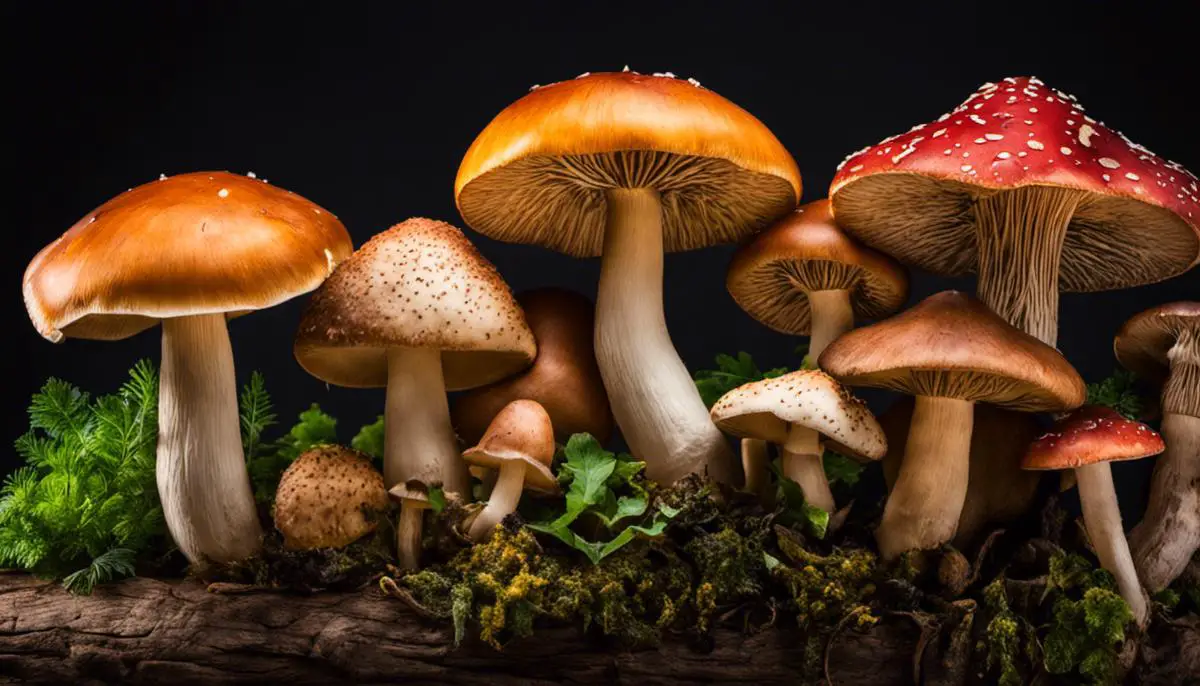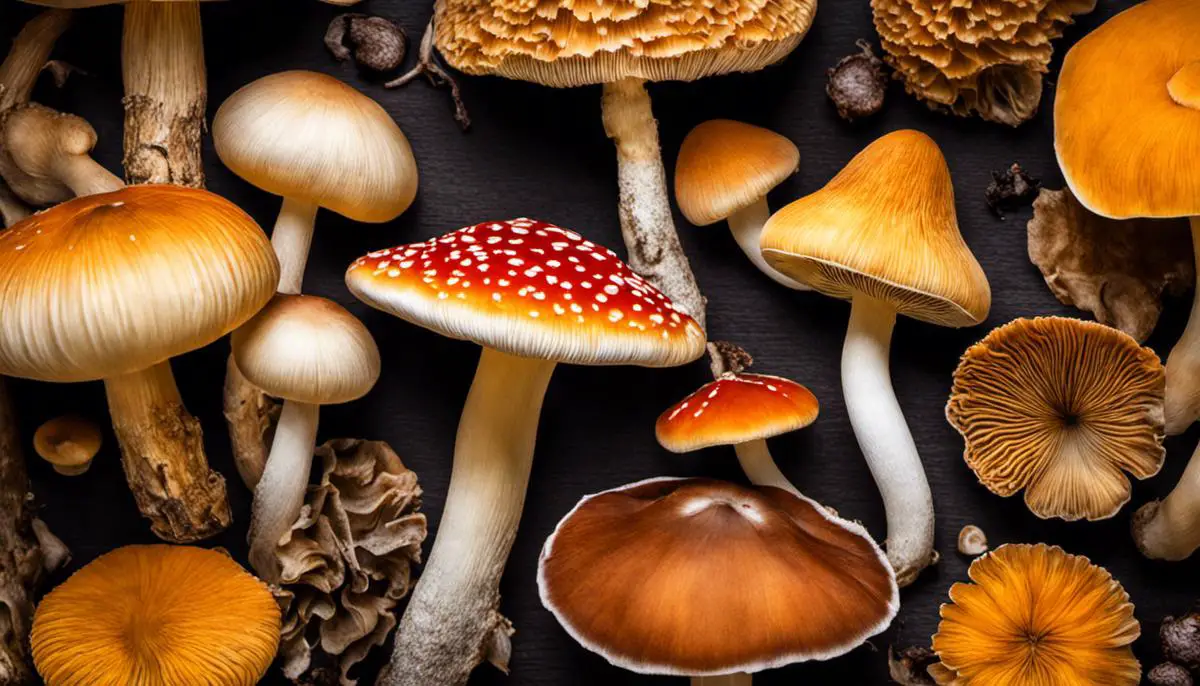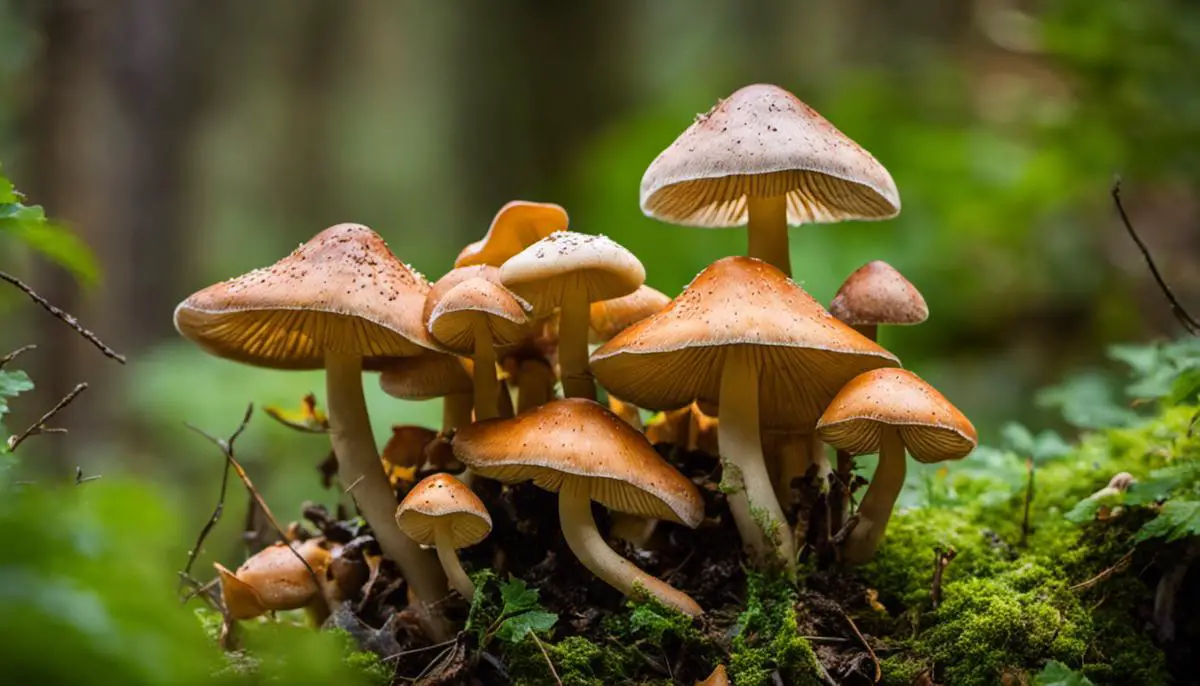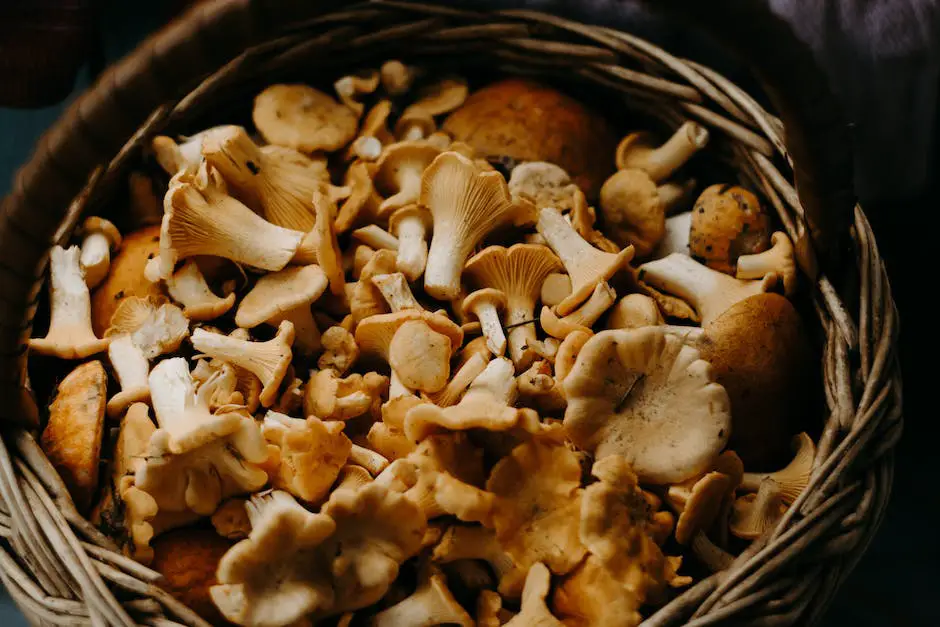When the heavens open and the weather turns miserable, being stuck indoors with toddlers can seem daunting. Often brimming with energy and curiosity, these lively little individuals require ample stimulation and engagement. This piece delves into an assortment of fun-filled and educational activities to provide parents with an array of exciting tools to keep their toddlers entertained at home during those dreary, rainy days. Expect to discover a variety of creative, educational and physical activities, all media to stimulate their curiosity, motor skills, cognitive development and expend their pent-up energy. Relevant instructions and precautionary measures are discussed to enable a joyful, protected environment for these indoor adventures.
Creative indoor activities for Toddlers
Rainy Day Fun: Creative and Entertaining Indoor Activities for Toddlers
Imagine this: the pitter-patter of rain resounds on the windows, the sky is cloaked in grey, and going outside isn’t in the cards. Suddenly, you’re faced with the challenge of keeping your little ones entertained and out of mischief indoors! Don’t fret, because there are plenty of creative, educational, and downright fun indoor rain activities for toddlers.
- Craft Time: Harness your toddler’s natural creativity through crafting. Setting up an art station with different materials like paper, glue, glitter, stickers, and washable paint can inspire a mini Picasso! Even better, the masterpieces they create can become personalized decor for their room.
- Theatrical Play: What better time to brush up on those acting skills than a drab, rainy day? Grab a few costumes, props, and let your toddler’s imagination run wild. You can join in, too, making it a fun activity that encourages creativity and bonding.
- Indoor Dance Party: Turning on some upbeat music and having a dance-off is an excellent way for toddlers to expend their energy. Plus, it helps improve their body coordination and rhythm.
- Sensory Bins: Offering superb educational value, sensory bins allow toddlers to explore different textures and shapes. Fill a bin with safe, age-appropriate items such as sand, water beads, cotton balls, or even cooked spaghetti. The sensory exploration this provides can keep your little one engaged for hours.
- Kitchen Helpers: Why not transform cooking time into a learning session? Simple tasks like washing fruits, stirring ingredients, or even making a pizza can teach your toddler essential life skills. Plus, they’ll be thrilled to assist in the magic of meal creation!
- Interactive Story Time: A good book can transport us to incredible worlds. Ask your toddler to choose a favorite story and make it interactive by mimicking characters’ voices, acting out scenes, or even using puppets.
- Indoor Treasure Hunt: This classic activity never loses its charm. Hide a few of your toddler’s favorite toys around the house and draw a map for them to follow. This fun quest will keep toddlers occupied, while also sharpening their problem-solving skills.
- DIY Tent: Making a cozy tent in the living room is fun and easy. Add some pillows, a blanket, and your toddler’s favorite toys for a perfect indoor camping experience.
Remember that the aim is to make the most of these snug indoor days by creating fun experiences that help your toddler learn and grow. Having these indoor activities for toddlers up your sleeve can turn a potentially gloomy day into an opportunity for colorful creativity and endless giggles. Rain or shine, every day is an adventure waiting to be discovered with your little one!
Educational activities at Home
Make Rainy Days a Learning Haven: Educational Activities for Toddlers
Embrace the Rain: Rainy Day Science Experiments
When the sky pours down, it’s time to put on the scientist hat! Rain opens the door to some fascinating science exploration. Gather different containers and have your toddler predict which one will fill up the fastest. Stimulate their curiosity about nature and phenomenon, ultimately making them comprehend the wonders of our world.
Drum Roll Please: Homemade Music Studio
Creating a music corner at home can aid in boosting your toddler’s cognitive skills. Use pots, pans, spoons, or even cereal boxes. Let them explore different sounds, rhythms, and vibrations. They can ‘compose’ an indoor rainy symphony, learning about cause-effect relationships along the way.
Play with Numbers: Indoor Math Games
Use everyday household items to create math games that will introduce numbers, counting, and shapes. Try a fun number-recognition game with sticky notes. Write numbers on them and ask your toddler to stick them on items that represent that quantity. These games sharpen your toddler’s analytical skills and foster a love for numbers from an early age.
Develop Little Readers: Picture book Making
Engage your toddler in creating their own picture book. Use magazines, newspapers, or even old greeting cards. Let them cut and paste images on blank paper, helping them build fine motor skills. This activity allows them to construct associations between images and meanings, paving the path towards literacy.
Embrace Creativity: Miniature Indoor Gardening
Pot some indoor plants or DIY a terrarium together. This activity aids in building responsibility and learning about plant life cycles. Besides getting your toddler happily dirty, it also subtly instils a love for nature in them.
Get the Little Chefs On: Cooking Class
How about making a fun cooking session? Choose recipes that are easy and safe, for instance, sandwiches or salads. Your toddler can help in washing, peeling and mixing the ingredients. This practical life activity promotes a variety of skills like hand-eye coordination, fine motor skills, and sensory exploration.
Cozy Up with Cinema: Movie Reviews
Bring the cinema experience home with a child-friendly movie. Afterwards, encourage your toddler to express their likes, dislikes, and opinions about the movie. This is a fantastic way to ignite critical thinking skills and improve vocabulary.
Rainy days offer an extraordinary opportunity to bond with your toddlers while enhancing their education. With a little creativity and planning, the pitter-patter of rain can instantly transform into a fun symphony of learning activities, turning those gloomy days into a powerhouse of knowledge and laughter. So the next time when those dark clouds gather, remember, the ultimate fun lies indoors!
Physical activities for Toddlers indoors
Let’s dive right into more physical activities tailored just for toddlers ready to explore and enjoy right within the comfort of home!
- Obstacle Course: Convert the living room into a soft and safe obstacle course. Encourage your toddler to jump over pillows, crawl under tables, or walk on a taped line. This not only gets them moving but also aids in developing their gross motor skills, hand-eye coordination, and balance.
- Play Balloon Volleyball: Grab a couple of cheerful-coloured balloons and teach your child to tap them up in the air but not let them touch the ground. This light-hearted family game promotes arm muscle strength and hand-eye coordination.
- Laundry Basket Boat Sailing: Themed play does wonders to a child’s creativity. Turn your laundry basket into a boat, get your toddler inside with few stuffed animals, and tell them stories about sea adventure.
- Yoga: Try introducing yoga to your little ones as a fun and healthy activity. Toddlers-only yoga tutorials are beneficial to impart flexibility, superior body awareness, and calm the mind.
- Bubble Wrap Hop: Get your hands on some bubble wrap, unfold it on the floor and let your toddler hop on it. This activity bringing so much joy also helps in enhancing their balance and gross motor skills.
- Staircase Slide: Convert your staircase into a slide by using a large, sturdy cardboard. Ensure safety by placing cushions and pillows at the end of the staircase.
- Basketball with Laundry: Utilize a laundry hamper or a large bucket and crumpled paper for a thrilling indoor basketball tournament. Teaching your toddler to aim helps improve their coordination and precision skills.
- Bean Bag Toss: This helps your toddler to improve the accuracy of their aim. Use different colored bean bags for added fun!
- Indoor Bowling: Arranging a few light-weight bottles and rolling a ball to knock them over, can be entertaining for your child. This fun-filled indoor bowling experience can also enhance your little one’s hand-eye coordination.
- Animal crawls: Encourage your toddlers to imitate different animals – hopping like a bunny, waddling like a duck, or crawling like a bear.
Lastly, this spectrum of physical activities not only helps to keep our toddlers active indoors but also contributes significantly to their holistic development. Remember, every activity is a bonding opportunity. Keep safe, keep laughing, and keep playing together!
Indeed, rainy days need not be dull or tedious for toddlers. With a plethora of educational, creative and physical activities at the ready, parents can convert what could be a tiresome day into a delightful opportunity for their young ones to explore, learn and expand their horizons. The richness of these indoor pursuits offers more than just entertainment; it paves the way for cognitive and physical development, stimulating their inquisitive minds and equipping them with skills beyond academia. Rainy days come with their silver linings, rendering chances for parents and toddlers to fortify their bond, build cherished memories, and revel amidst the comfort of their homes.






